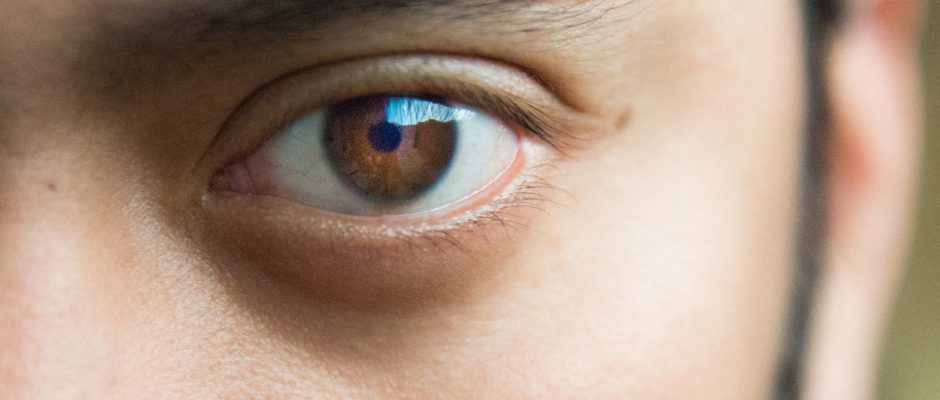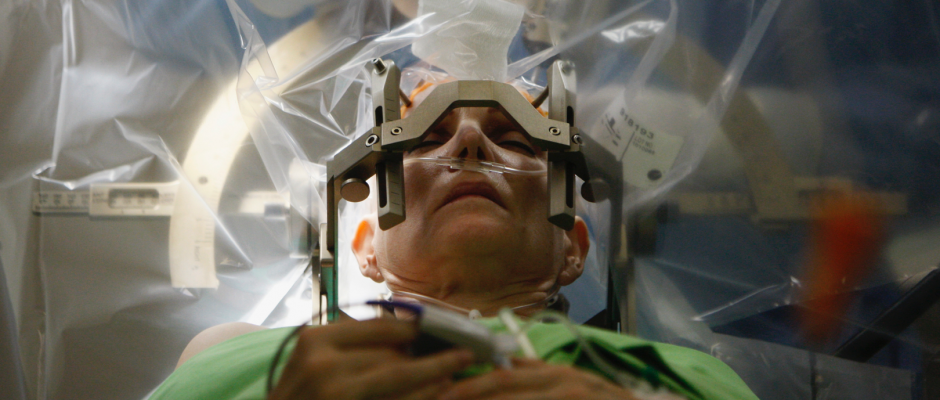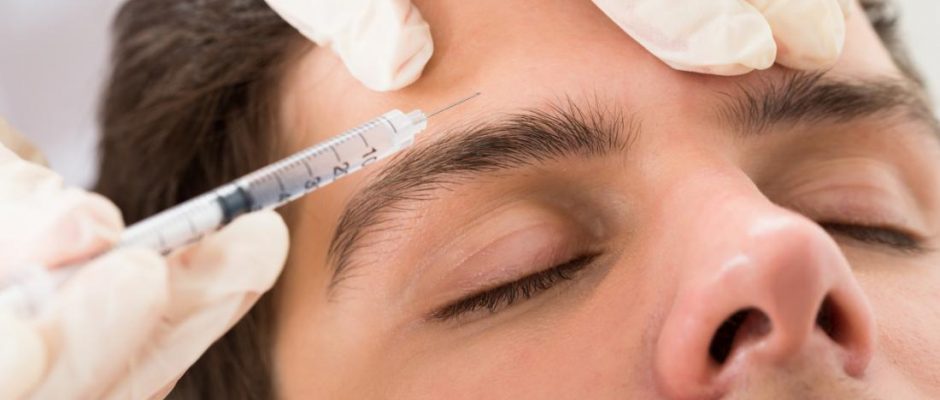In this podcast, Dr. Danish Bhatti is explaining difference between Vocal tics and Vocal akathisias. …
Category: Movement Disorder
In this podcast, Dr. Danish Bhatti is explaining True Resting Tremor. …
In this podcast, Dr. Danish Bhatti is explaining Vascular movement disorders. …
In this podcast, Dr. Danish Bhatti is explaining the difference between start hesitation and gait freezing. …
In this podcast, Dr. Danish Bhatti is talking about Cerebral Palsy, a question asked by his student in Mini-fellowship in MD course. …
This is the promo of Minifellowship in Movement Disorders Course. Highlighting the importance of Minifellowship in MD Course, talking about course challenges, recommendations, feedback by students of Dr. Danish Bhatti MD. Introduction This is a program intended to enhance Movement Disorders (MD) training for General Neurologists, Psychiatrists, Physiatrists (PM&R), and Primary Care Providers to improve their skills in Movement Disorders. This program will use blended learning, and the most modern teaching methodology including online lectures, reading assignments, tasks, quizzes and …
Phenomenology of abnormal ocular and eyelid movements may appear complex and difficult to describe at first but recognition of an overall pattern is helpful in characterization: Ocular flutter comprises bursts of saccades in one plane, typically horizontal, during forward fixation. There are no intervals between saccades. Opsoclonus is a continuous succession of multidirectional conjugate saccadic eye movements with no inter-saccadic interval, sometimes aptly called ‘saccadomania’. Patients can manifest ocular flutter when developing or recovering from opsoclonus, and both disorders probably …
In general, surgical referral for all types of dystonia can be considered in patients who have failed trials with anticholinergic drugs, benzodiazepines, and levodopa in generalized/segmental dystonia, or had no benefit or failure with botulinum toxin injections in cranial and cervical dystonia. There is currently no widely accepted consensus about which type of medication, which dose, or how many trials are needed before surgery. In general, it is not mandatory to have tried all available medications. Symptoms should be disabling …
HFS: Involuntary, irregular, clonic or tonic contractions of muscles innervated by the facial nerve. Usually start from the eyelid and spreads to involve all ipsilateral muscles of the facial nerve including platysma. All muscles involved contract synchronously. PAradoxical synkinesis: In 1905, Babinski described paradoxical synkinesis in HFS ‘‘when orbicularis oculi contracts and the eye closes, the internal part of the frontalis contracts at the same time, the eyebrow rises during eye occlusion.’’ This ‘‘other Babinski’s sign’’ is typically present in …
Indications for supplementation in atypical presentations either movement disorder or others: Pyridoxine for mild ataxia. Pyridoxine for some cases autism. Folinic acid and PLP may interestingly help in pyridoxine dependent epilepsy cases. Pyridoxine will NOT help PNPO mutations (that’s PLP) but PLP would help in Pyridoxine dependency (ALDH7A1). Biotin B7 may help in spastic paraplegia and ataxia (myelopathy presentation in adolescence). Biotinidase deficiency should be ruled out in all dyskinesias as it may cause BG calcification. Can ne treated by …






